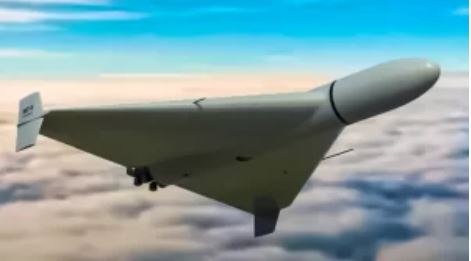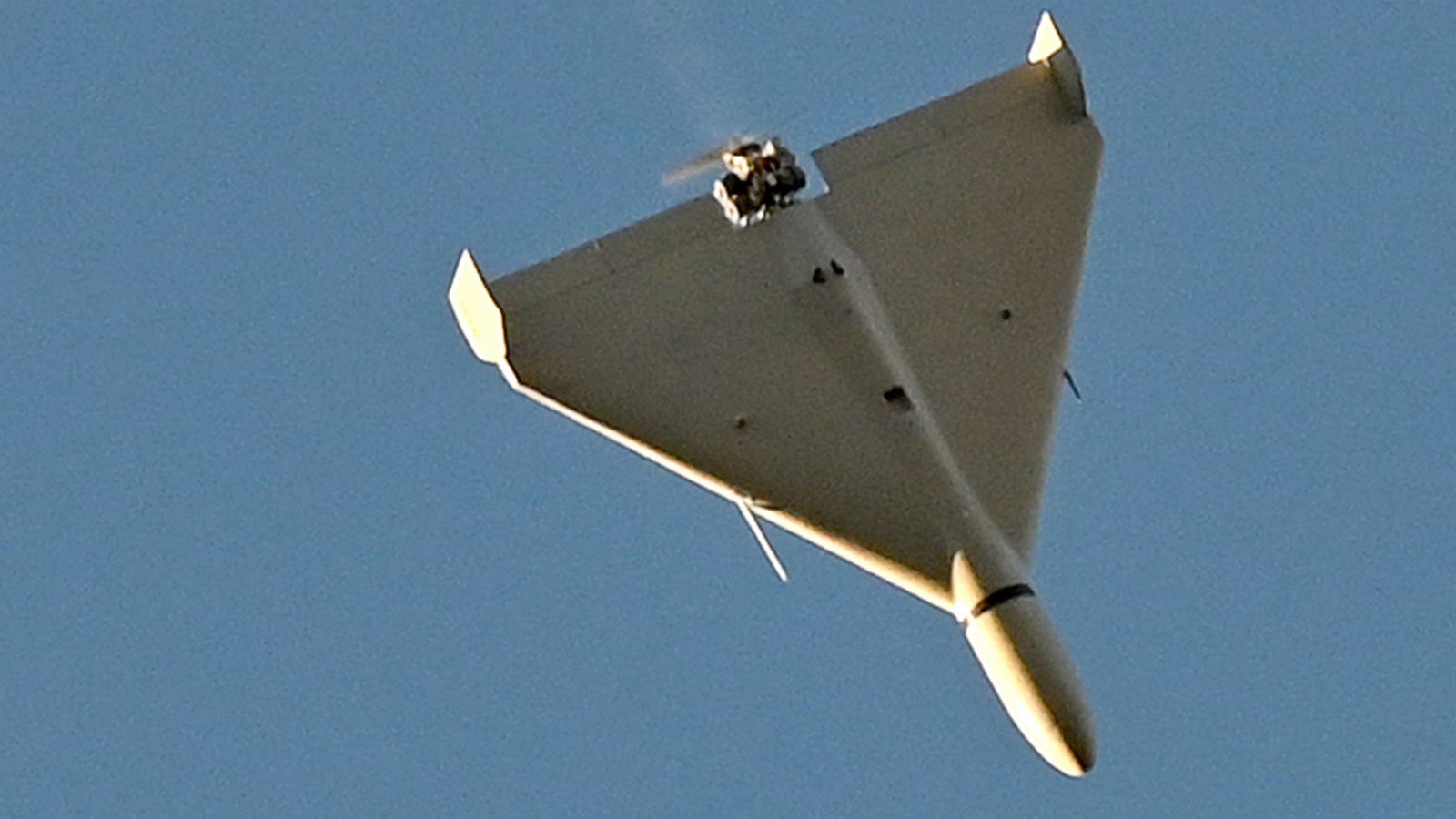The United States is rushing to equip Ukraine, while American-manufactured components are finding their way into Iranian drones used by Moscow in its unjustified invasion of Ukraine. This situation is exacerbated by the fact that Western-made drones are being employed in attacks against US forces and allies in the Middle East by Tehran and its terrorist associates. Legislation to prevent the misuse of US technology has been introduced by a bipartisan group of House lawmakers. The 2023 Iran-Made Drones Blocking the Use of Transatlantic Technology Act of 2023 aims to address this unacceptable scenario. The bill mandates that the Department of Commerce and the Department of State devise strategies to prevent Tehran from obtaining drone-related components, and these plans would be subject to congressional review.

Furthermore, the US Department of Defense would be required to develop measures for impeding Iran’s acquisition of technologies for its drone program. The need for congressional action is evident. It is widely known that Iran has supplied Russia with numerous drones for use in the conflict in Ukraine, with evidence of their deployment on the battlefield emerging in September. In November 2022, the Conflict Armament Research group determined that 82% of the components recovered from downed Iranian drones and an Iranian-sourced precision-guided munition in Ukraine were made by US-based companies.

Additionally, Ukrainian intelligence revealed that 40 out of the 52 components found in a downed Iranian drone were manufactured by 13 US companies. Iranian drones have been used alongside cruise and ballistic missile strikes against critical infrastructure in Ukraine, as Russia’s stockpiles of conventional munitions have significantly depleted during the war. Although the threat of Iranian drones may seem distant to Europe, their presence in Ukraine has made the issue more pertinent. Unfortunately, Iranian drone strikes are not a new phenomenon in the Middle East, including attacks against US troops. For example, on March 23, Iranian-backed groups employed an Iranian-sourced drone to target a US base in northern Syria, resulting in the death of a US contractor and injuries to five service members. This attack was not an isolated incident. US Defense Secretary Lloyd Austin recently informed lawmakers that since the beginning of 2021, Iranian-backed militants had launched 83 attacks against US forces in Syria and Iraq, many of which involved drones. Iran has also used drones to attack American allies in the Middle East, such as the September 2019 assault on Saudi oil installations in Abqaiq and Khurais, which disrupted oil production.

A group of UN experts investigating the wreckage of these drone attacks discovered pieces from at least seven countries, including the United States. In September 2022, Iran launched a barrage of drones and short-range ballistic missiles against Kurdish regions in northern Iraq, resulting in the death of a US citizen. The Houthi rebels in Yemen, supported by Iran, have also launched numerous Iranian-made or designed drones against Saudi Arabia. Evidence suggests that many of the drones used in attacks against Americans and their allies contain parts supplied by US corporations. To address this issue, the Biden administration has formed a task force to examine Iran’s access to Western and American drone components. However, it is clear that the actions of the working group have been delayed and insufficient thus far. The first step should involve enhanced communication among Washington, Kyiv, and American Middle Eastern partners to share information on Iran’s acquisition of drone components, proliferation networks, and effective detection and countermeasures. Establishing a comprehensive security framework in the Middle East that prioritizes air defense, involving the US military, Gulf Cooperation Council partners, and potentially Israel, would be a crucial next step.

The Pentagon should intensify efforts to strengthen US air defenses for detecting and neutralizing Iranian drones, ensuring the safety of US troops in distress. The Departments of State and Defense should expedite the delivery of air defense assets to Arab partners to prevent them from resorting to purchasing similar systems from Russia or China, which could undermine the establishment of a unified air defense architecture. Simultaneously, the United States and its allies must disrupt Iranian drone supply networks and address any vulnerabilities they identify. To ensure substantive and specific strategies and options are presented to Congress, advocates should consider involving the Comptroller General of the Government Accountability Office to independently assess the management’s responses and implementation of recommendations in a written and unclassified manner. Americans have the right to expect that American-made technology and components will not be used by our adversaries to attack our troops and partners. Unfortunately, unless urgent action is taken, we can anticipate more of the same in the near future.